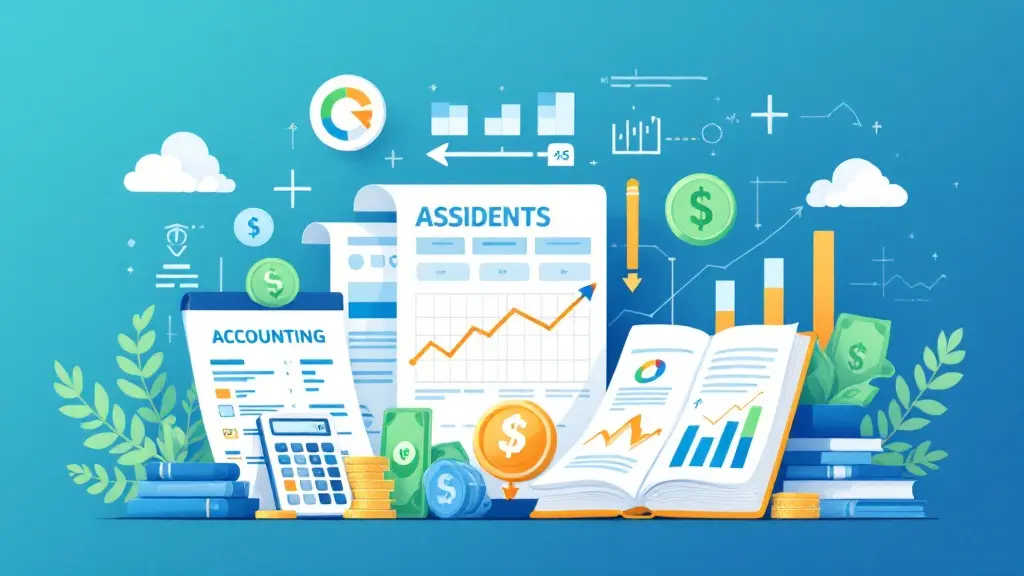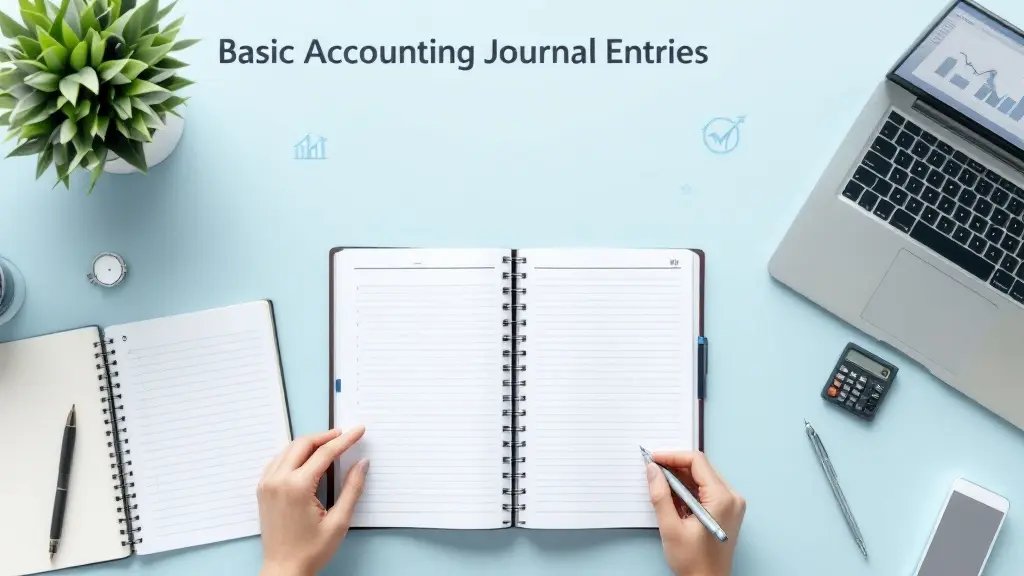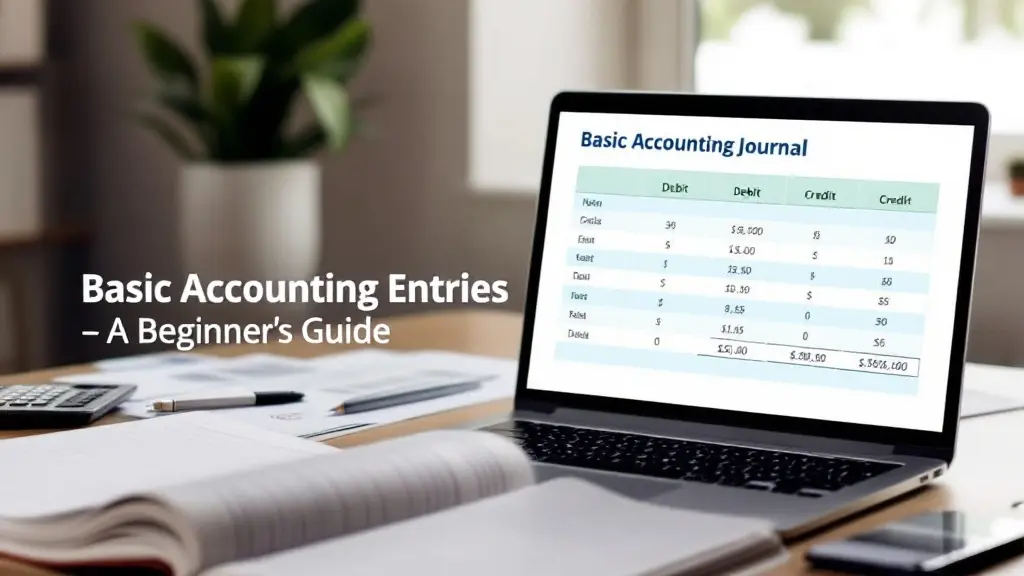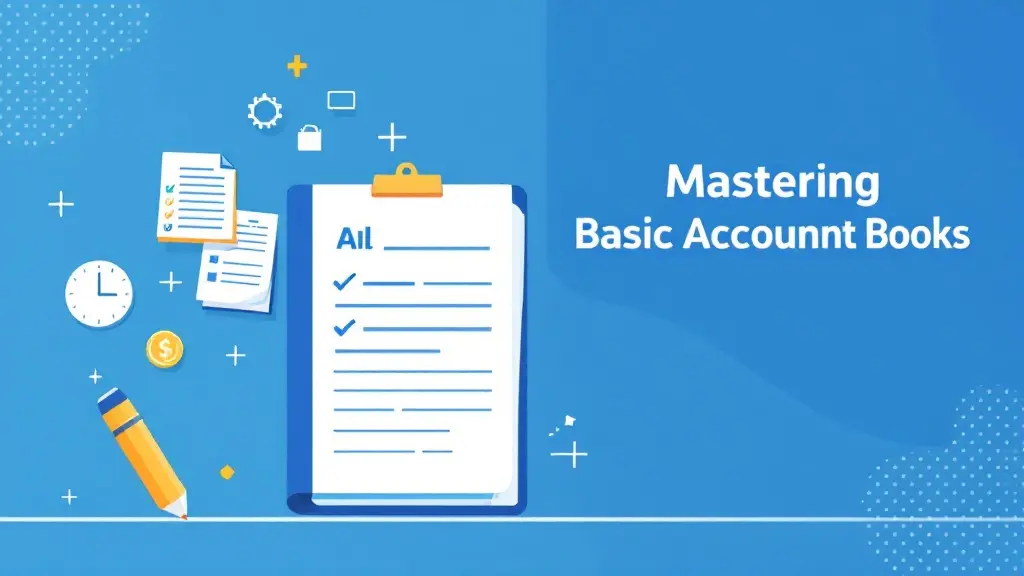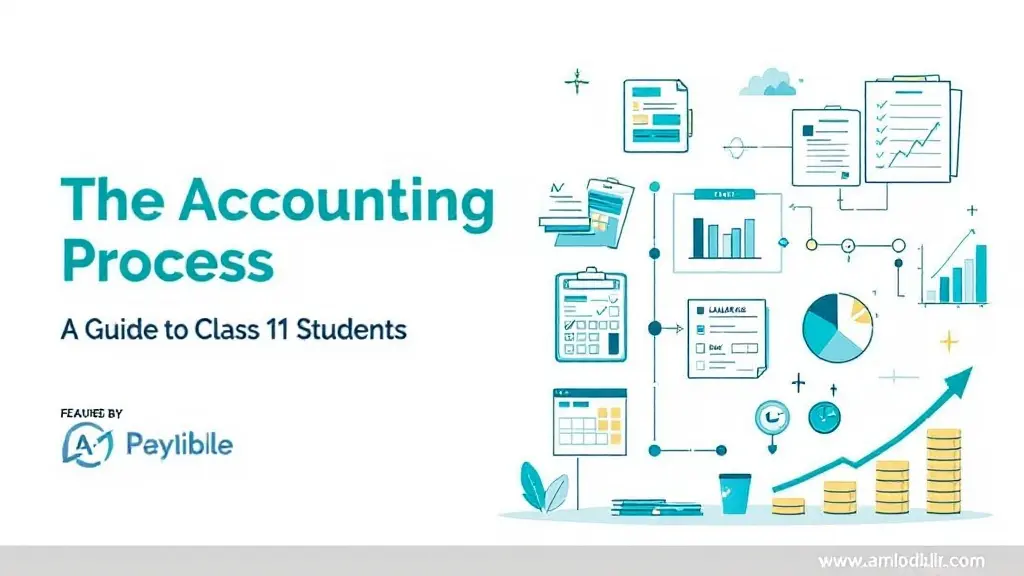Understanding the Accounting Process: A Guide for Class 11 Students
Table of Contents
Most Read
[fusion_dropcap class="fusion-content-tb-dropcap"]A[/fusion_dropcap]ccounting is often referred to as the “language of business,” and for good reason. It helps businesses track, record, and analyze financial transactions, giving insights into the company’s health and performance. For Class 11 students studying accounting, understanding the accounting process is essential for building a solid foundation in this subject. In this blog post, we’ll break down the accounting process in a simple, easy-to-understand manner, so you can grasp the key concepts and apply them effectively in your studies.
Table of Contents
- What is the Accounting Process?
- Key Stages of the Accounting Process
- Step 1: Identification and Recording of Transactions
- Step 2: Journalizing
- Step 3: Posting to the Ledger
- Step 4: Trial Balance
- Step 5: Preparing Financial Statements
- Step 6: Closing Entries
- Why is the Accounting Process Important?
- Conclusion
What is the Accounting Process?
The accounting process is a systematic series of steps that accountants follow to ensure that financial transactions are accurately recorded, classified, and summarized. This process ultimately helps to create financial statements, such as the balance sheet and income statement, which provide valuable insights into the financial performance and position of a business.
For Class 11 students, understanding the accounting process is crucial because it serves as the basis for all future accounting topics. It helps you comprehend how businesses record their financial transactions and how these records are used for decision-making and reporting.
Key Stages of the Accounting Process
The accounting process involves several stages, each building on the previous one. Let’s take a closer look at these key steps:
Step 1: Identification and Recording of Transactions
The first step in the accounting process is identifying and recording business transactions. Every time a business buys goods, sells products, or engages in any other financial activity, it results in a transaction that must be documented.
For example, when a company purchases raw materials for manufacturing, it has to record the transaction in the books. Similarly, if a customer pays for a product or service, the sale must be recorded.
Class 11 students should remember that not every event is recorded in accounting—only financial transactions are. These can include purchases, sales, expenses, and receipts. Each transaction must be supported by a source document, such as an invoice or receipt, which acts as proof of the transaction.
Step 2: Journalizing
Once a transaction has been identified, the next step is to record it in the journal. Journalizing is the process of writing down the financial transactions in a chronological order. Each journal entry will have a debit and a credit entry, following the double-entry system of accounting.
For example, if a business receives cash for a service, the journal entry would look like this:
- Debit: Cash (increases asset)
- Credit: Service Revenue (increases income)
Journalizing is crucial because it provides an accurate and organized record of all transactions, which can be used later for creating financial statements.
Step 3: Posting to the Ledger
After journalizing, the next step is posting the entries to the ledger. A ledger is a collection of all accounts, such as cash, accounts payable, and sales revenue. Each account in the ledger will contain all the journal entries related to it.
For example, if a business made several sales transactions, each one would be recorded in the sales account in the ledger. This process helps organize the financial data so that it can be easily accessed and analyzed.
The process of posting involves transferring information from the journal to the ledger, which is done by recording the date, amount, and account in the appropriate ledger accounts.
Step 4: Trial Balance
Once the ledger is updated with all the journal entries, the next step is preparing a trial balance. The trial balance is a summary of all the balances in the ledger accounts. It ensures that the total debits equal the total credits, which is essential for maintaining the accuracy of financial records.
A trial balance has two columns: one for debits and one for credits. If the trial balance doesn’t balance, it indicates that there’s an error somewhere in the accounting process. This could be due to a mistake in journalizing, posting, or calculating balances.
The trial balance is a critical step in the accounting process because it helps to detect errors before the financial statements are prepared.
Step 5: Preparing Financial Statements
Once the trial balance is verified and accurate, the next step is to prepare financial statements. These statements are the end product of the accounting process and are used by internal and external stakeholders to evaluate the financial performance of the business.
The key financial statements include:
- Income Statement: This statement shows the company’s profitability over a specific period. It includes revenues, expenses, and the resulting profit or loss.
- Balance Sheet: The balance sheet provides a snapshot of a company’s assets, liabilities, and equity as of a specific date. It helps stakeholders understand the financial position of the company.
- Cash Flow Statement: This statement shows the inflow and outflow of cash within a company. It highlights how cash is generated and used in operating, investing, and financing activities.
Financial statements are crucial for decision-making, and they must be accurate and reflective of the company’s financial activities.
Step 6: Closing Entries
The final step in the accounting process is making closing entries. At the end of an accounting period, temporary accounts (such as revenue and expense accounts) are closed to prepare for the next period.
This step ensures that the balances of the temporary accounts are reset to zero, ready to accumulate data for the next accounting period. The closing process helps transfer the net income or loss to the owner’s equity account.
Closing entries are important because they provide a clean slate for the new accounting period, ensuring that financial statements are accurate and that financial performance can be measured consistently.
Why is the Accounting Process Important?
The accounting process is not just a set of procedures for recording numbers. It is a critical tool that helps businesses maintain financial accuracy and transparency. Here are a few reasons why the accounting process is important:
- Accuracy and Transparency: By following a systematic process, businesses can ensure that their financial records are accurate and free from errors. This fosters trust among stakeholders, such as investors, creditors, and regulatory authorities.
- Decision Making: The financial statements generated from the accounting process provide valuable insights into the business’s performance, helping managers and business owners make informed decisions.
- Legal Compliance: Accurate accounting is essential for complying with legal and tax regulations. Businesses are required to maintain detailed financial records, and failure to do so can result in penalties and legal consequences.
- Financial Planning: The accounting process provides a clear picture of a company’s financial situation, which is essential for budgeting, forecasting, and long-term planning.
Conclusion
The accounting process is an essential component of any business. For Class 11 students, mastering this process is key to understanding how financial data is recorded, processed, and reported. From identifying transactions to preparing financial statements and closing entries, each step plays a vital role in ensuring the accuracy and integrity of financial information.
By following the accounting process step-by-step, businesses can make informed decisions, ensure legal compliance, and plan for the future. As you continue your studies in accounting, understanding the process thoroughly will set you up for success in both your academic journey and future career in finance.

